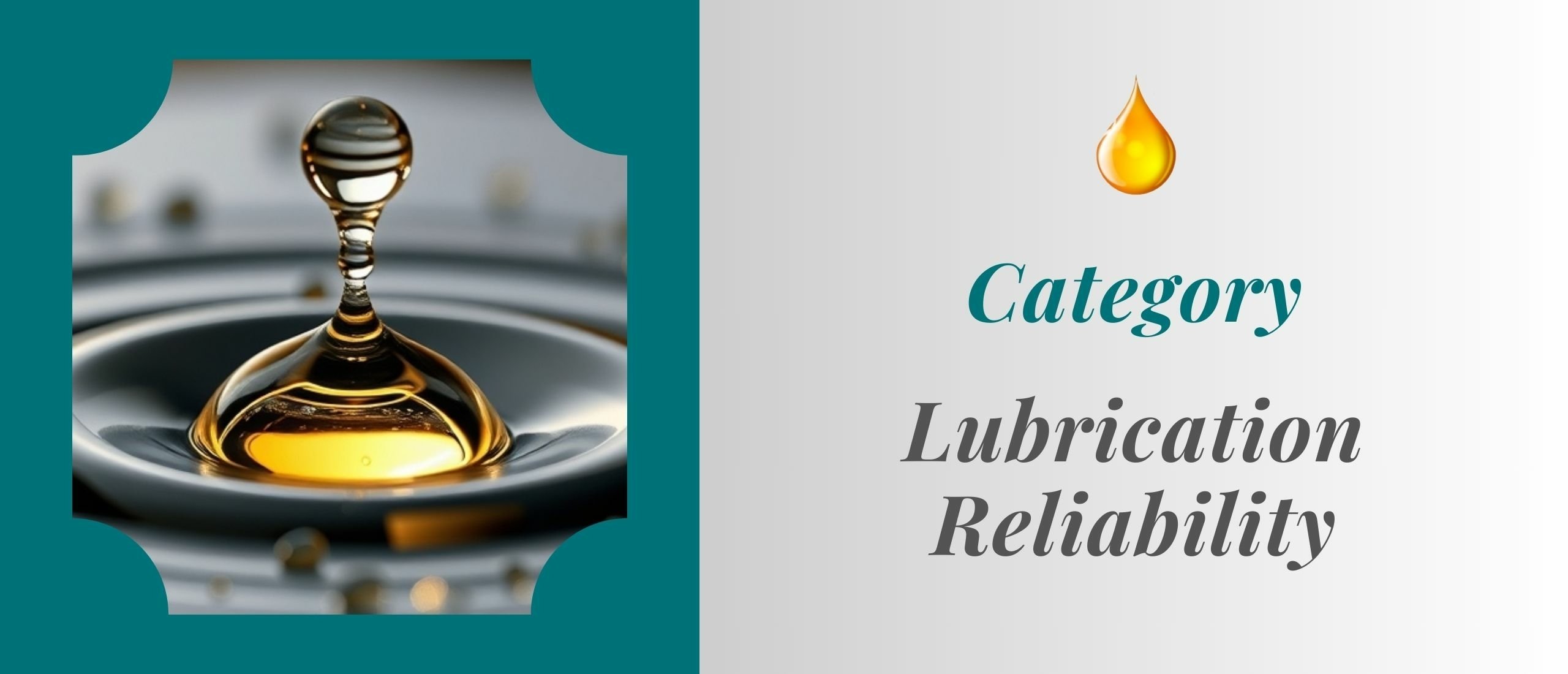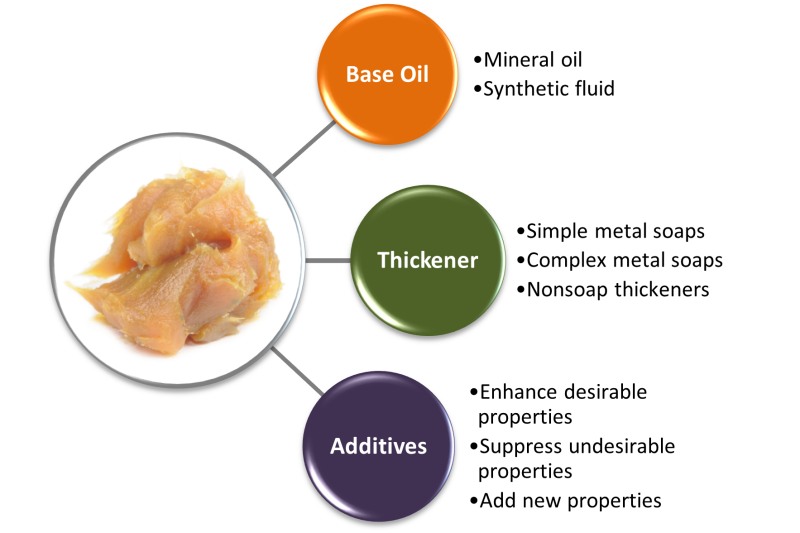
Step 6 - What is Grease
Grease is a semi-solid lubricant made by combining base oil with a thickener and, in many cases, performance-enhancing additives. It is designed to stay in place where oil would typically leak or flow away. Unlike oil, grease provides both lubrication and sealing, making it ideal for components where frequent relubrication is impractical.
Why use grease instead of oil?
Grease is commonly used in bearings, hinges, gear systems, and other mechanical components that:
- Operate under moderate to high loads
- Are exposed to dirt, water, or contaminants
- Are difficult to access for frequent maintenance
- Require the lubricant to stay in position over time
Grease serves a dual role, it lubricates and protects. Its thick consistency helps prevent ingress of dust and moisture while maintaining a lubrication film between moving parts.
What are the main components of grease?
- Base oil
Typically mineral or synthetic oil, this forms the lubricating element. - Thickener
A soap (like lithium, calcium, or aluminium) or non-soap material that gives grease its semi-solid consistency. - Additives
Added to enhance properties like oxidation resistance, water resistance, corrosion protection, or load-carrying capacity.

Common types of grease thickeners
- Lithium-based grease – Widely used, good for general-purpose applications
- Calcium sulphonate – Excellent water resistance and load-handling
- Polyurea – Long service life, often used in electric motors
- Aluminium complex – Good thermal stability and adhesion
When to use grease
Grease is preferred when:
- A lubricant must stay in place without dripping or leaking
- Equipment is sealed or enclosed
- Manual relubrication intervals are long
- Environments are dusty, wet, or corrosive
Grease is not just a "thicker oil", it’s a purpose-formulated lubricant designed to stay in place and protect critical machine elements under tough operating conditions.
